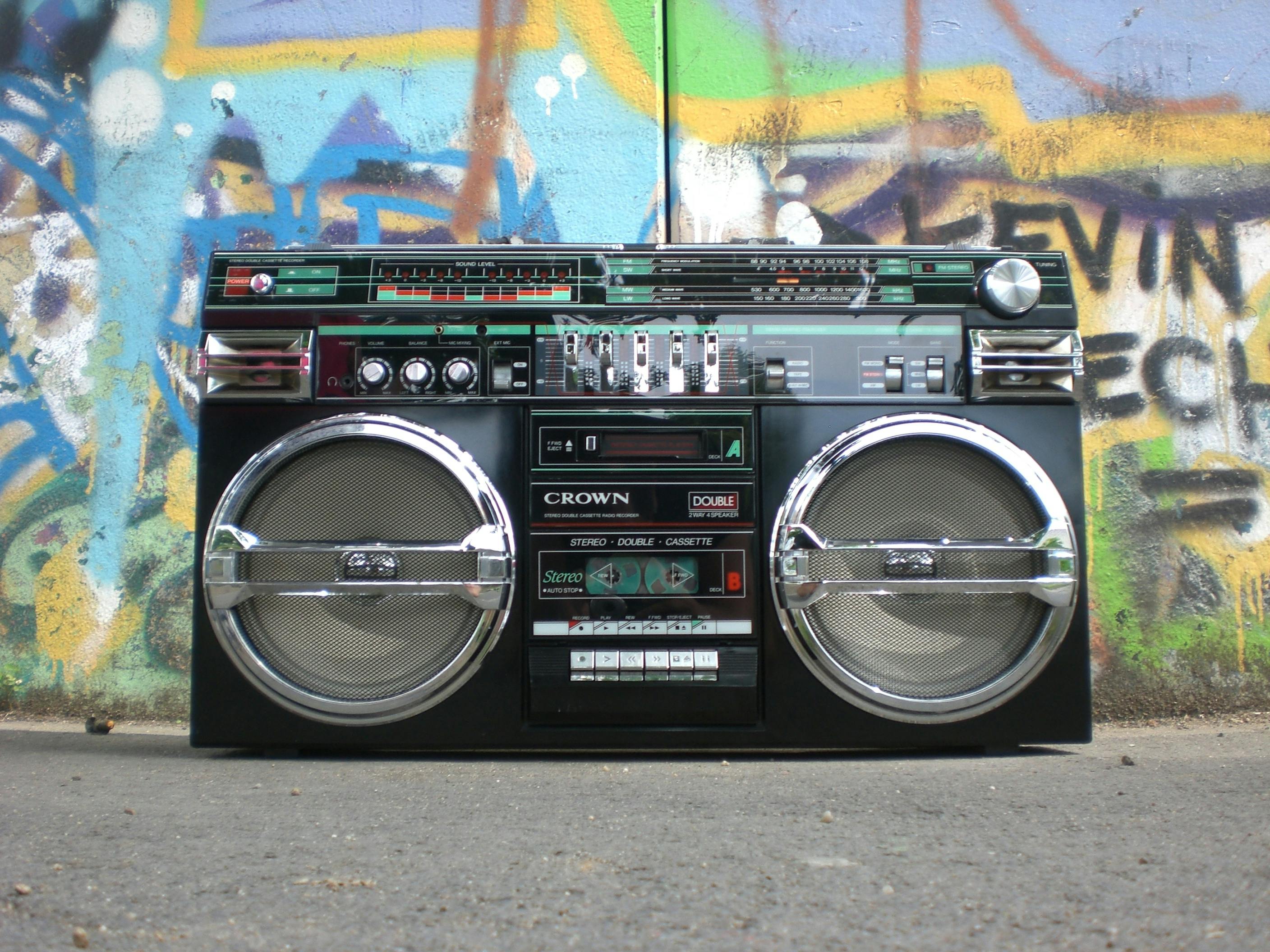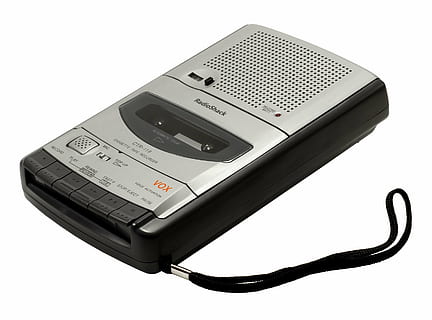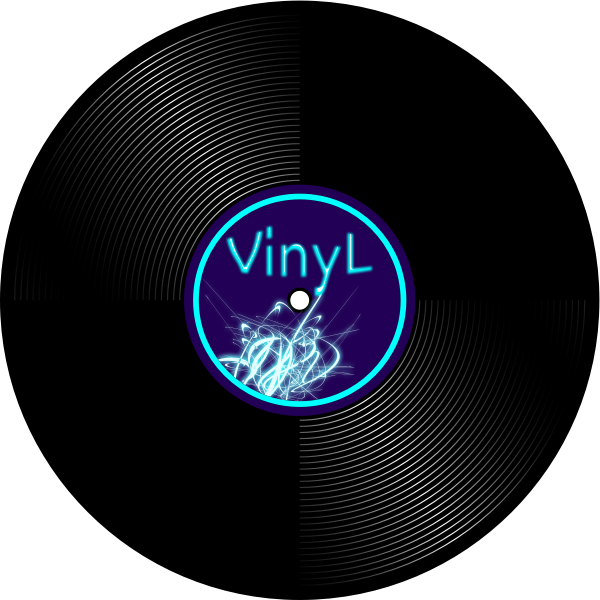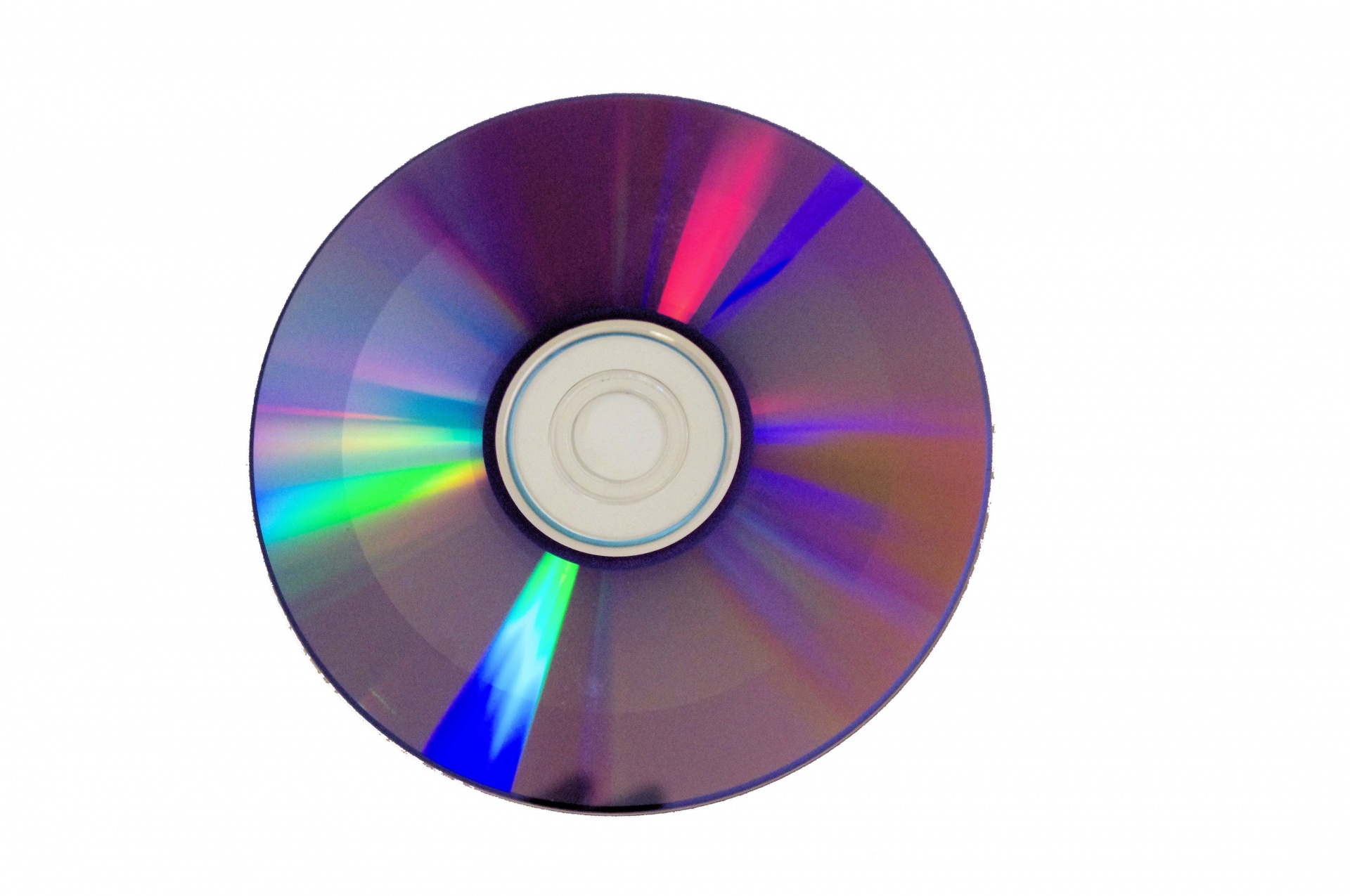
Boombox
Gaining popularity in urban communities in the late 1970s, a boombox is a portable sound system that traditionally featured a cassette tape player and recorder along with AM/FM radio and amplified speaker capability. As technology evolved boomboxes began to include a CD player and could be battery operated and/or powered through an electric outlet. Boomboxes varied in size, with larger boomboxes used for magnified bass and sound power.
Software and equipment that enables recording, playback, mixing and mastering of musical content. This is also called a digital audio workstation and can allow for a great range of digital instrumentals and sounds to be arranged together.


(From the Collection of the Smithsonian National Museum of African American History and Culture)
Synthesizer
An electronic device which may be operated by a keyboard and other controls that use a range of signals and frequencies of different durations and intensities. Through wave forms, the synthesizer produces music that extends the versatility of traditional musical instruments.
Drum Machine
An electronic device that emulates the sounds of percussion instruments.

Cassette Tape Player
An electronic device used to play a cassette tape. The player was sometimes part of a boombox, at other times it was a small handheld device and operated by batteries. It was also commonly part of vehicle sound systems before being more widely replaced by CD players.
Public Domain Image
An image that is available for anyone's use or purpose and is not restricted by intellectual property law.
Public Domain Image
An image that is available for anyone's use or purpose and is not restricted by intellectual property law.
Cassette Tape
An audio and recording format that began to be used in the 1960s, based on analog magnetic tape. CDs began to replace cassette tapes as a popular format in the late 1980s.
Public Domain Image
An image that is available for anyone's use or purpose and is not restricted by intellectual property law.
Public Domain Image
An image that is available for anyone's use or purpose and is not restricted by intellectual property law.
Portable CD Player that often contained the ability to skip through music in small increments in either direction. CD Players would normally connect to light-weight headphones for individual use.

(From the Collection of the Smithsonian National Museum of African American History and Culture)
Turntable
A revolving plate used to support a record while it is being played. Traditionally a DJ would utilize two turntables and switch back and forth between them. The turntables may also be connected to mixing equipment.

Public Domain Image
An image that is available for anyone's use or purpose and is not restricted by intellectual property law.
A disc with spiraled grooves inscribed in it that stores analog sound. Also called a phonograph record. This form of sound storage was at its most popular between the 1950s and the 1980s.

Public Domain Image
An image that is available for anyone's use or purpose and is not restricted by intellectual property law.
CD
A Compact Disc--an audio format made out of polycarbonate plastic that stores digital optical data. A CD can be used to record audio and play audio. This format became popular by the late 1980s, but its use has been in decline over the past few decades.